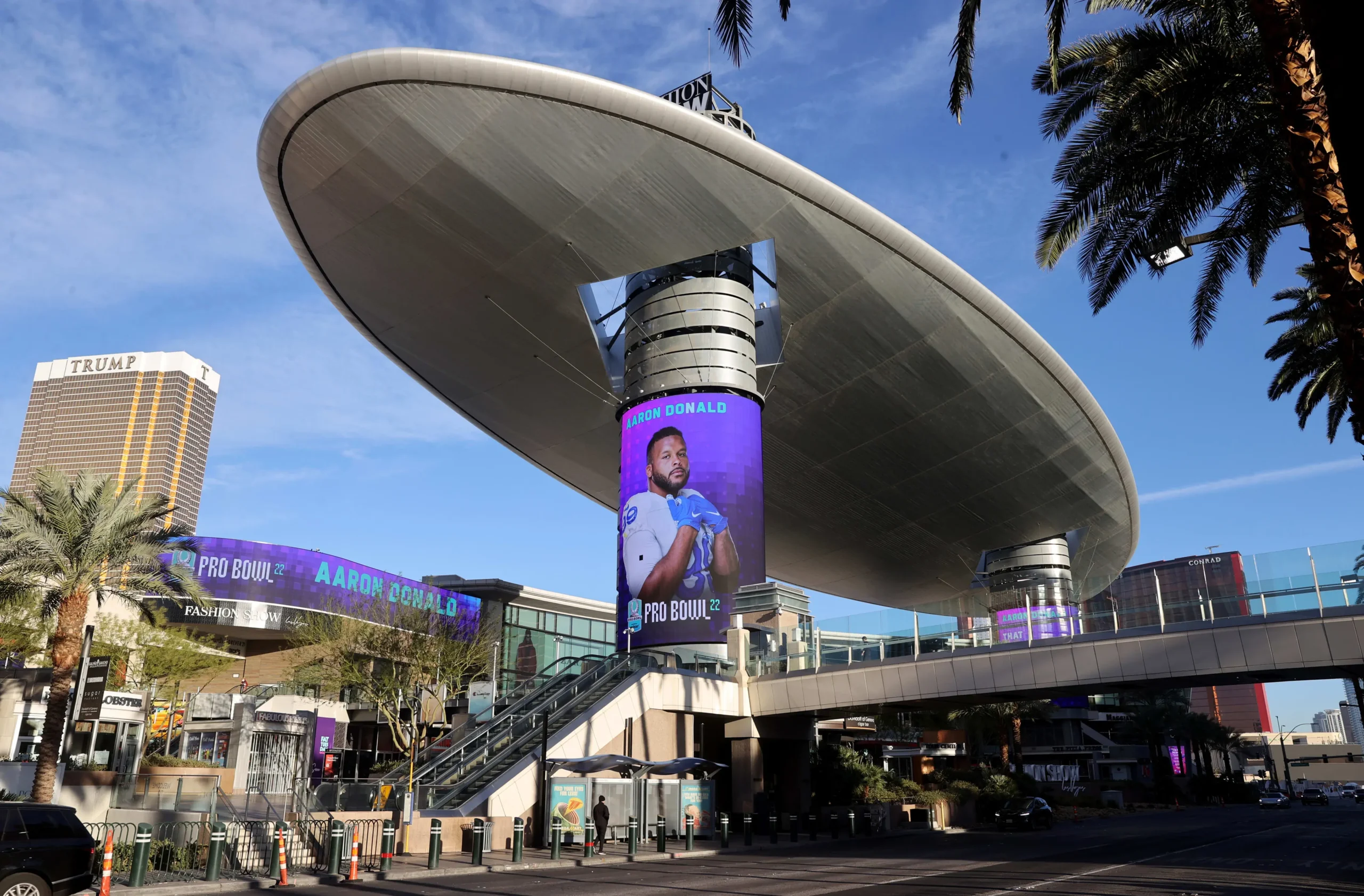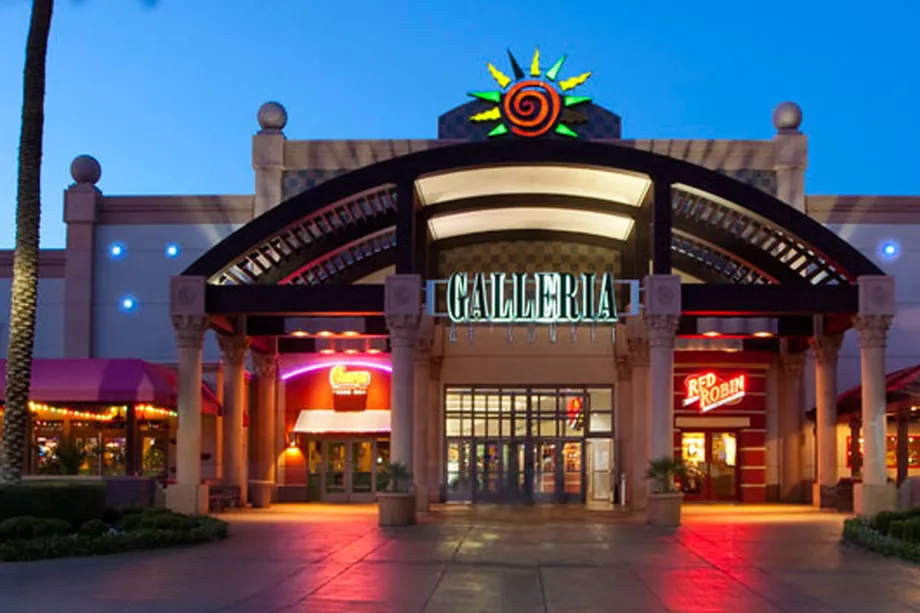Creative Advertising
Advertising is an essential tool for promoting products or services, and it’s important to make sure that the advertising stands out and captures the attention of potential customers. This is where creative advertising comes in. Creative advertising refers to the use of unique, unexpected, and memorable methods to promote a product or service. It involves going beyond traditional advertising methods and creating something that catches the eye of the audience and sticks in their memory.
Table of Contents
Types of Creative Advertising
There are several types of creative advertising, each with its own unique approach to capturing the audience’s attention.
Guerrilla Marketing
Guerrilla marketing is a form of advertising that relies on unconventional tactics to grab attention. This type of advertising can be done on a small scale, like putting stickers or posters in public places, or on a larger scale, like organizing a flash mob or staging a public stunt. The goal of guerrilla marketing is to create a buzz around the product or service, and it often involves engaging with the audience in a unique and unexpected way.
Emotional Advertising
Emotional advertising is a form of advertising that focuses on appealing to the viewer’s emotions. This type of advertising uses storytelling and powerful imagery to evoke feelings of joy, sadness, or even nostalgia. Emotional advertising can be effective in creating a strong emotional connection between the viewer and the product or service being advertised.
Experiential Advertising
Experiential advertising is a form of advertising that involves creating an immersive experience for the audience. This type of advertising can take many forms, from pop-up events to interactive installations. The goal of experiential advertising is to create a memorable and engaging experience that connects the audience to the product or service.
Humorous Advertising
Humorous advertising is a form of advertising that uses humor to grab the audience’s attention. This type of advertising can be effective in creating a positive association between the viewer and the product or service being advertised. Humorous advertising can take many forms, from witty one-liners to funny videos.
Methods of Creative Advertising
Creative advertising can be achieved using a variety of methods, and the approach taken will depend on the product or service being advertised, as well as the target audience. Some common methods of creative advertising include:
Storytelling
Storytelling is a powerful way to engage with the audience and create an emotional connection. This method involves telling a story that is relevant to the product or service being advertised, and that resonates with the audience.
Visual Imagery
Visual imagery can be a powerful way to grab the audience’s attention and communicate a message. This method involves using striking visuals, such as bright colors or bold typography, to create a memorable and eye-catching ad.
Celebrity Endorsements
Celebrity endorsements can be an effective way to create buzz around a product or service. This method involves using a celebrity to promote the product or service, which can help to create a positive association in the minds of the audience.
User-generated Content
User-generated content involves getting the audience involved in the advertising process. This method can take many forms, from social media campaigns to contests, and it can be effective in creating a sense of community around the product or service being advertised.
Examples of Creative Advertising
There are many examples of creative advertising that have captured the attention of audiences and helped to promote products or services. Some notable examples include:
Old Spice’s “The Man Your Man Could Smell Like” campaign:
This campaign featured actor Isaiah Mustafa delivering humorous one-liners in a series of ads that went viral on social media. The ads helped to create a strong association between the Old Spice brand and humor.
Apple’s “Think Different” campaign:
This campaign featured striking imagery and inspirational quotes from famous figures like Albert Einstein Experiential Advertising
Experiential Advertising
Experiential advertising is a type of advertising that engages consumers by creating a memorable experience. This type of advertising is becoming increasingly popular as consumers are looking for more than just a product or service. Experiential advertising can take many forms, including interactive displays, installations, pop-up shops, and events. The key to effective experiential advertising is creating an immersive experience that connects with the target audience.
One great example of experiential advertising is the Nike Fuel Station. Nike created a pop-up shop in New York City that allowed customers to experience the brand’s products in an immersive environment. Customers were able to test out products, participate in interactive displays, and even run on a treadmill that measured their performance. The Fuel Station was a huge success, generating buzz and interest in Nike’s products.
Viral Advertising
Viral advertising is a type of advertising that uses social media and other digital channels to spread a message rapidly. The goal of viral advertising is to create a buzz around a product or service and generate a large number of shares and likes. Viral advertising can take many forms, including videos, memes, and social media challenges.
One great example of viral advertising is the Ice Bucket Challenge. The challenge was started in 2014 to raise awareness for ALS, a degenerative disease that affects the nervous system. The challenge involved pouring a bucket of ice water over one’s head and challenging others to do the same. The challenge quickly went viral, with celebrities and politicians taking part and sharing their videos on social media. The challenge raised millions of dollars for ALS research and generated a significant amount of buzz for the cause.
Conclusion
Creative advertising is an essential part of any marketing strategy. By creating innovative and engaging campaigns, businesses can capture the attention of their target audience and build brand awareness. Whether it’s through experiential advertising, viral advertising, or any other type of creative advertising, the key is to be memorable and make a connection with consumers. As technology continues to advance, businesses must adapt and find new and creative ways to reach their audience. By staying ahead of the curve and being willing to take risks, businesses can create campaigns that resonate with consumers and drive sales.














